Considering the fact that it has been selling Scotch Whisky in more than 180 countries for more than 200 years, Johnnie Walker has remained and remains remarkably consistent. You’re probably imagining its distinctive square bottle, label tilted at 20 degrees, and smooth, smoky, multi-layered flavour as you’re reading this. No matter the colour of the label or the type of liquid in your glass, you know what you’re going to get when you take a swig of some Johnnie Walker whisky.
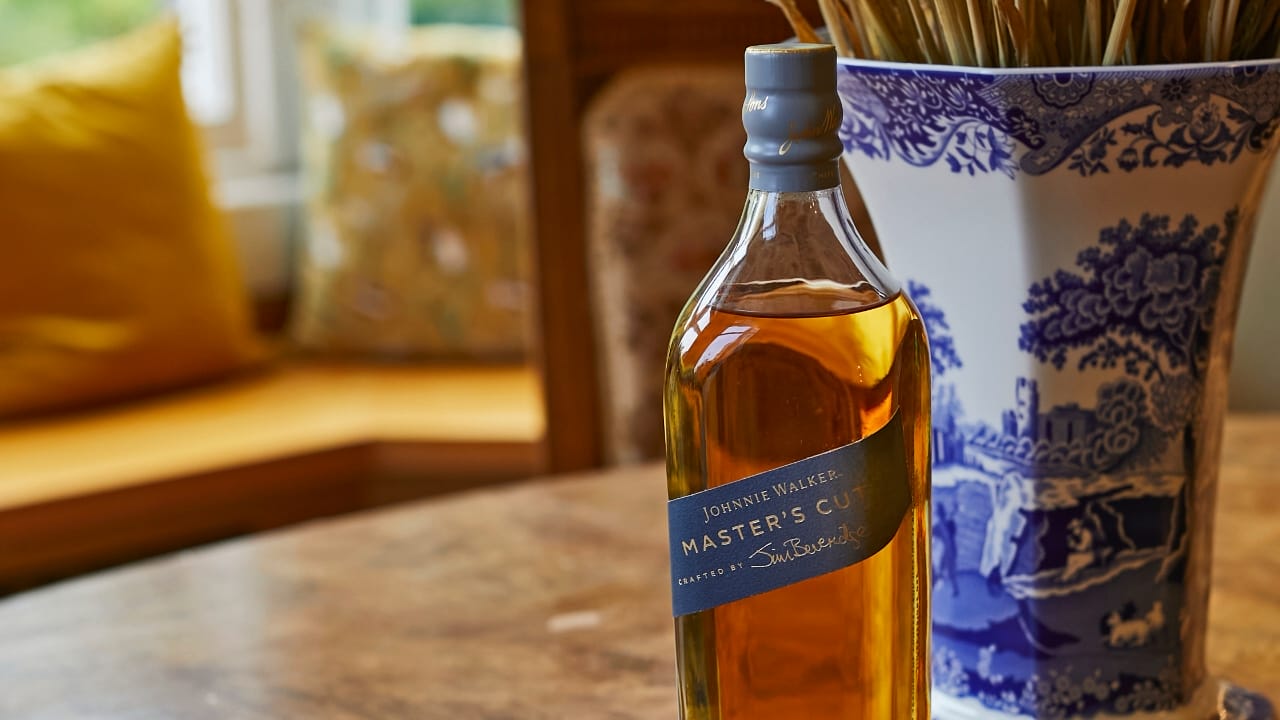
“It’s a brand that has built on its iconic legacy—making the Striding Man an icon of progress, and building meaning into those two little words, ‘keep walking’,” says Julie Bramham, Global Brand Director for Johnnie Walker. “We are very well known for being this incredible, high-quality international whisky. We’ll also continue to invest, build meaning into ‘keep walking’, and launch great products and innovations that really hit the high notes.”
Eager to showcase the reasons why and how they’ve been able to maintain this complete sense of consistency throughout the brand, from top to bottom and from grains to your glass, Johnnie Walker invited Robb Report Malaysia to Scotland to take a walk through its past, present and future—from one of its distilleries up north, on to its vast archives, and then to its captivating visitor’s centre in Edinburgh.
The Speyside Home
Alfred Barnard, who lived around the turn of the 20th century, is widely regarded as one of the most important writers and historians of whisky across the United Kingdom. So if he compliments your whisky—let alone sing its praises—you know you’ve made it. “In the annals of Highland distilleries, none are more celebrated than Cardow, or Car-Dhu, as it was originally designated (meaning Black Rock), which from time immemorial and long before legal distilleries were in existence, was famous for its fine make of wishk-a-beh, or ‘water of life’,” Barnard wrote of Cardhu Distillery, Johnnie Walker’s Speyside Home. It is one of the brand’s ‘four corner distilleries’, with the others being Clynelish, its Highland Home; Caol Ila, its Islay Home; and Glenkinchie, its Lowland Home.
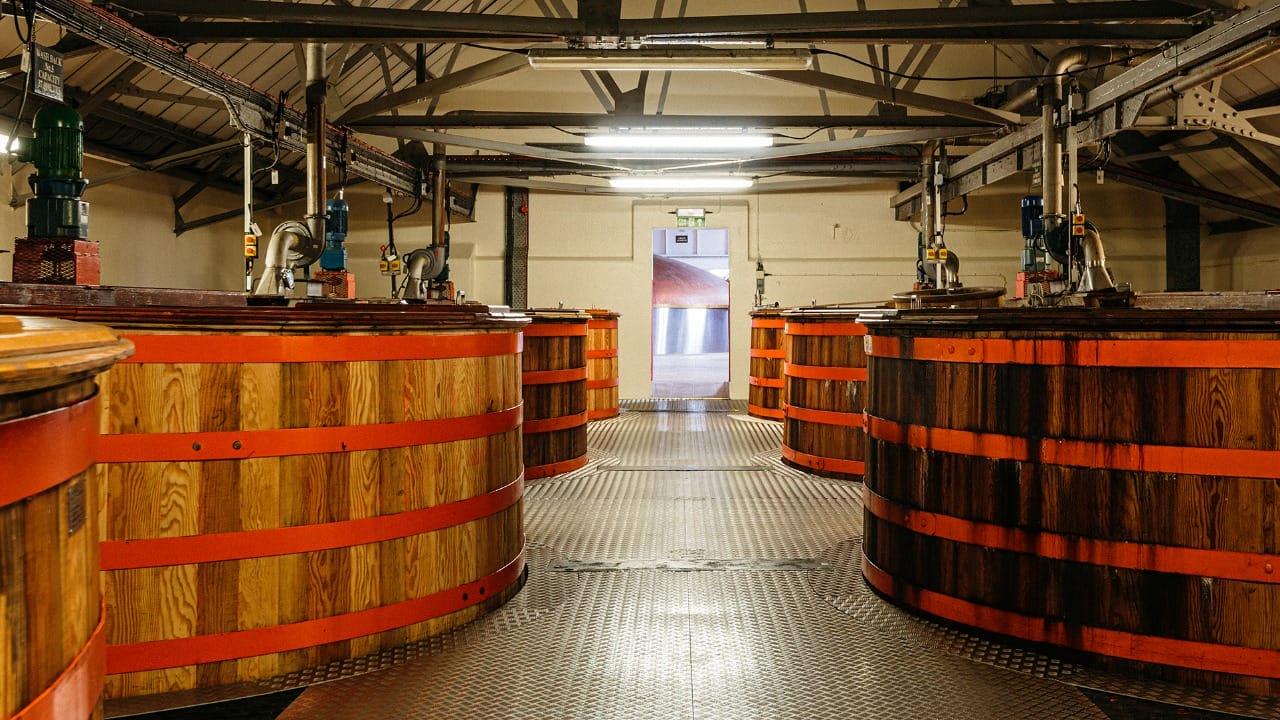
Located about a 90-minute drive from Aberdeen, Cardhu Distillery still uses buildings and cellars from the 1800s for its operations, visitor centre, and distillation processes. A tour through its premises reveals modern technology and contemporary stylings side-by-side with centuries of heritage. To sum up its history as succinctly as possible, Cardhu’s story began in 1811, when Helen and John Cumming leased a farm in Cardow to grow barley and raise cattle. However, back then, legal distilleries were heavily taxed, so they and many other farmers distilled illicitly.
When John died in 1846 and their son Lewis died in 1872, it would be up to Helen and her daughter-in-law Elizabeth to lead the way. Such was the prestige their distillery would soon earn that they would partner with the John Walker & Sons family in 1893 after the Walkers searched all over the country for a single malt distiller and supplier for their blending operations in their Kilmarnock grocery shop. Eventually, Elizabeth’s son, John Fleetwood, would join the Walker Company board, and his son Reginald would become chairman of John Walker & Sons.
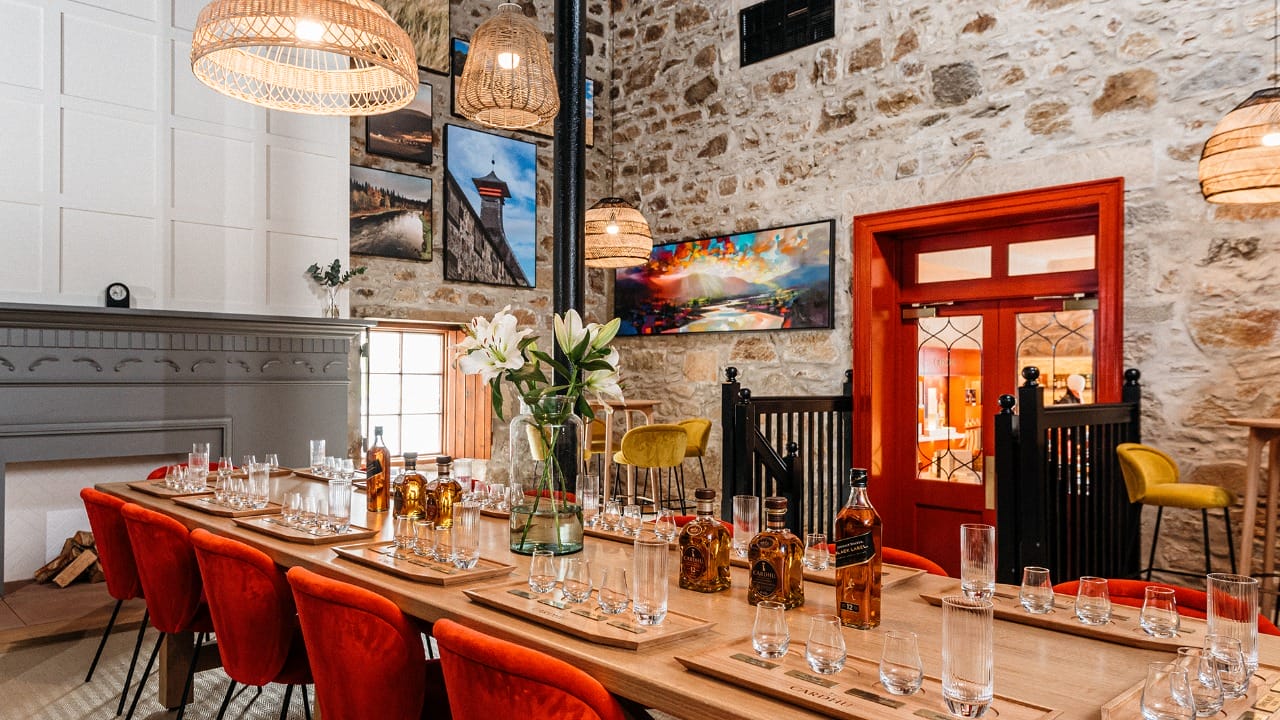
Red is prominent everywhere with Cardhu—all over its distillery, souvenirs, and whisky labels. This is in homage to the red flag that Helen raised over the barn whenever the excise officers were around so that all who saw it knew to hide their illicit activities. Its popular Single Malt Scotch Whisky, aged for 12 years, is similarly powerful, with smooth bursts of sweetness on the palate followed by elegant smokiness to finish. Complete your experience at Cardhu by bottling one yourself—all completely legally, of course.
History Comes To Life

If a visit to Cardhu—or any of Johnnie Walker’s four corner distilleries—could be likened to understanding the brand’s grassroots (or barley roots, to be precise), then a visit to The Diageo Archive and the Liquid Library is like communing with the entire Walker family tree. Spread out over 5,000sqm in a Diageo Centre building just about an hour away from Edinburgh, these temperature-controlled spaces contain books, logs, journals, advertisements, posters, paintings, paraphernalia and plenty more besides from Johnnie Walker’s history. There was even a book dating to the early 19th century—appropriately titled Around The World—that detailed Johnnie Walker’s worldwide travels back then. Malaysia alone has 12 pages in it.
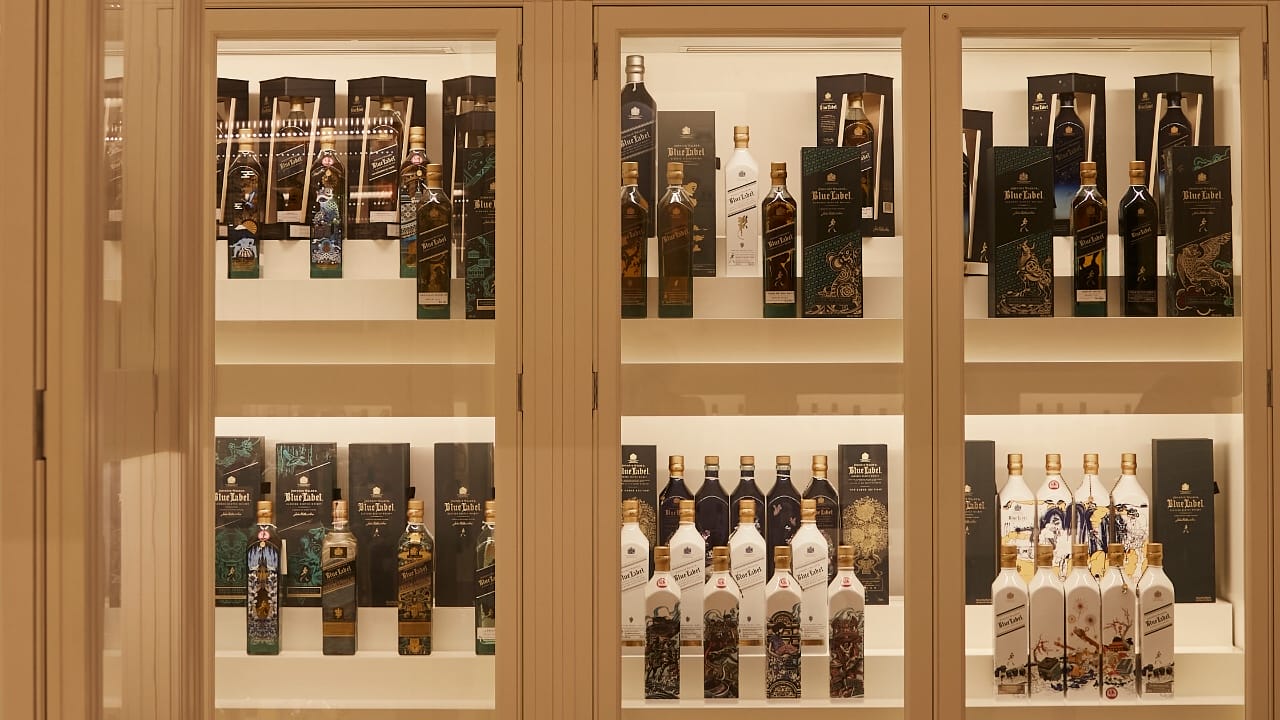
And then, in the Liquid Library, are 5,000 bottles (and counting) of Johnnie Walker and others from Diageo’s portfolio. Whether it’s sea-worn bottles of Old Highland Whisky or the recent Game Of Thrones collaborations, from ultra-rare Japanese versions (that even the Archivists weren’t aware of until they saw it) to limited-edition releases costing tens of thousands of pounds, everything here is enough to take your breath away. Even a Johnnie Walker Master Blender like Emma Walker is captivated every time she visits, which is to say, very frequently.

“I love it when you walk into the Liquid Library and the Archives. It’s like walking into a cathedral! I go there multiple times a week and it still makes my jaw drop,” says Walker, who laughs every time you ask if she’s related to the Walkers (she isn’t). “For us in the blending team, we’ll use all of that —advertising, the labels, books—for inspiration and ideas. And then it’s about how we can innovate, create new looks and amazing stories, and bring it all to life. You need to know your past to be able to go into the future.”
Whisky Wonderland
When Alexander Walker began blending whiskies in his small grocery store in Kilmarnock, he probably would’ve never expected the kind of future his family name and product would have—especially if you told him in 1820 about the Johnnie Walker Princes Street building. Located right in the heart of Edinburgh and a stone’s throw from Edinburgh Castle and the Royal Mile, the six-storey visitor’s centre is a Johnnie Walker mega-store, whisky cellar, archive, F&B outlet, academy, experience centre and events space, all blended into one. Weekly tastings? Of course. Missing some limited edition merchandise and whiskies from your collection? They’re all in the store on the ground floor. Interested in learning more about other whiskies, whether Johnnie Walker or from Diageo? Head to the Whisky Explorer section, where bottles upon bottles are divided into spicy, smoky, fruity, tropical, and more.
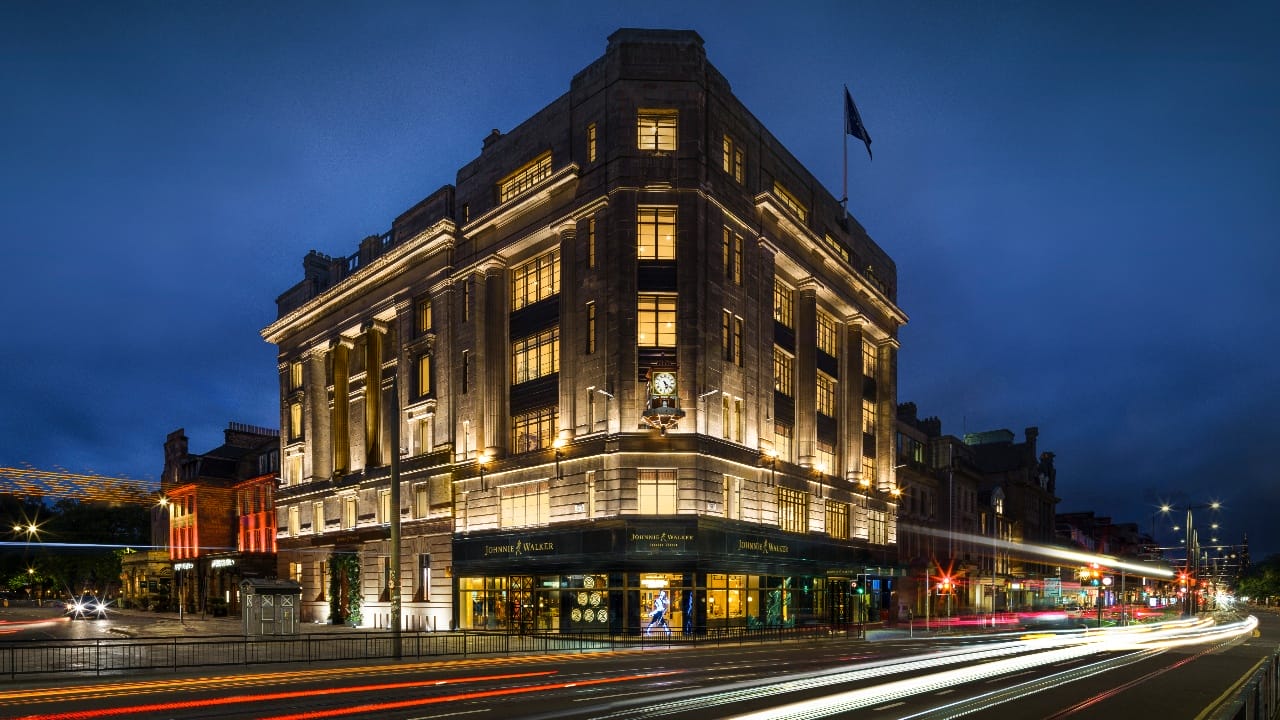
The first, second and third floors are dedicated to the ‘Journey Of Flavour’ experiences, with tours starting from £30 (including tastings). I recommend booking a spot in the 90-minute History Adventure so that you can view rare artefacts, hear stories from an archivist and enjoy a personalised whisky highball. For instance, you’ll learn encyclopaedias worth of knowledge about The Striding Man, illustrated by Tom Browne at the beginning of the 20th century. You’ll also get to see the only fully intact bottle of Old Highland Whisky the brand has, from circa 1867. Oh, and it has a snake in it.
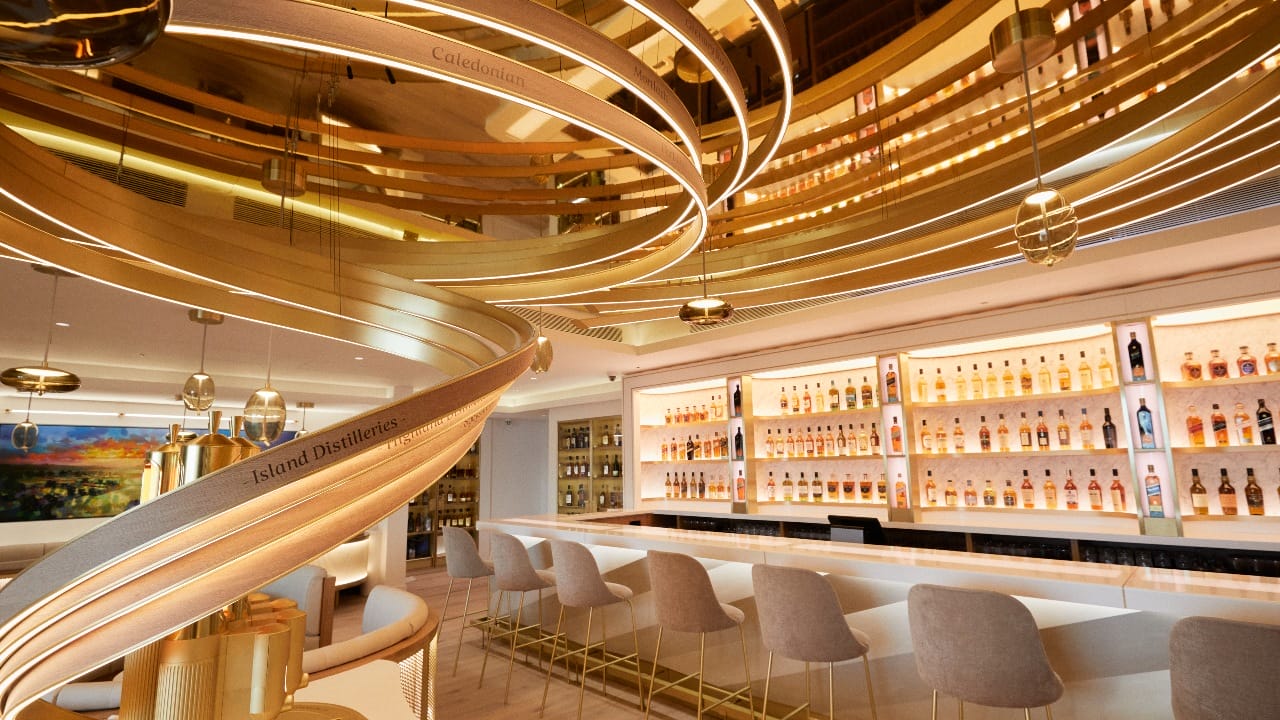
For enthusiasts who want to get up close and personal with the whisky and who want to try blending whisky, spending time in the Whisky Makers Cellar is a must. The basement-level space stores 32 casks and has several devices to allow fans a chance to blend a whisky to their liking. A guide will guide you through a tasting, including a bespoke maker’s blend dram, as well as four cask-drawn drams, for £95. Complete your visit to the Johnnie Walker Princes Street Centre at 1820 and/or Explorers Bothy, its rooftop bars and restaurants. You’ll hardly find a better seat to savour everything wonderful about Edinburgh.
2030 and Beyond
So what does the future hold in store for Johnnie Walker and, to some extent, Diageo? The brand has announced its 2030 Spirit of Progress action plan, which is aiming for 100 per cent net-zero carbon production, transitioning to renewable energy, and reducing emissions by 80% by then. Among many other goals, Johnnie Walker is also aiming to use recyclable, reusable or compostable materials in all of its packaging by 2030. Over dinner after my visit to Johnnie Walker Princes Street, their Brand Team previewed several of these products in the pipeline—all of which I was not allowed to photograph or even take notes on. What I can tell you is that they’re impressively futuristic and offer a very different take on whisky packaging. But does that mean that the very consistency fans all over the world know and love about Johnnie Walker—from the square bottles and slanted labels to the multi-layered, smooth, rich and smoky whisky—will also be different in the near or faraway future?
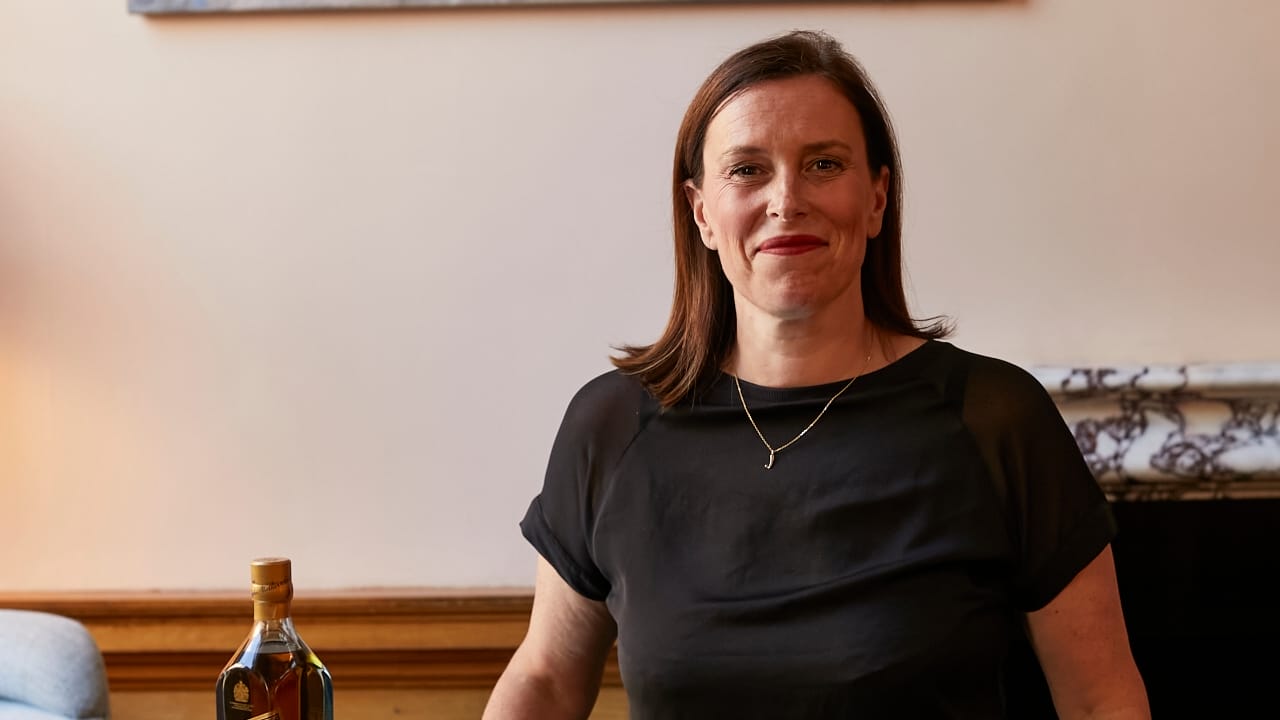
Julie Bramham acknowledges that it’s a good question to ponder, but is completely confident in the Johnnie Walker brand, its whiskies and its prospects. “It’s a really exciting time for Johnnie Walker. Everything we do in the brand team has to be about creating the future as well as ensuring we’re meeting our current consumers’ needs,” she explains. “This involves taking core assets like ‘keep walking’ and figuring out how this will retain its relevance for the future. We’ve also got innovation teams all over the world, who help us keep an eye on what’s hot and up-and-coming. We’ve structured our team to act both globally and locally.
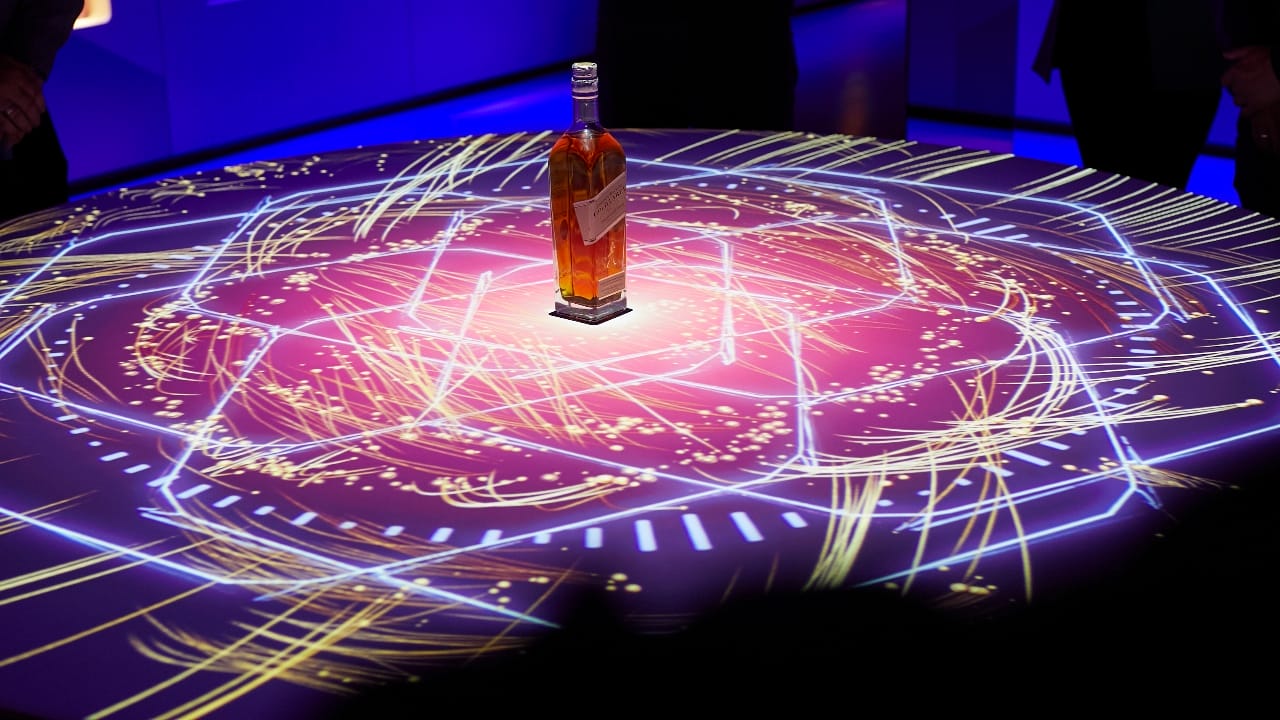
“But whether it’s now or in the future, our core brand is still going to be an icon of quality,” Bramham continues. “Johnnie Walker is a brand that stands for progress. None of that is going to change.”




